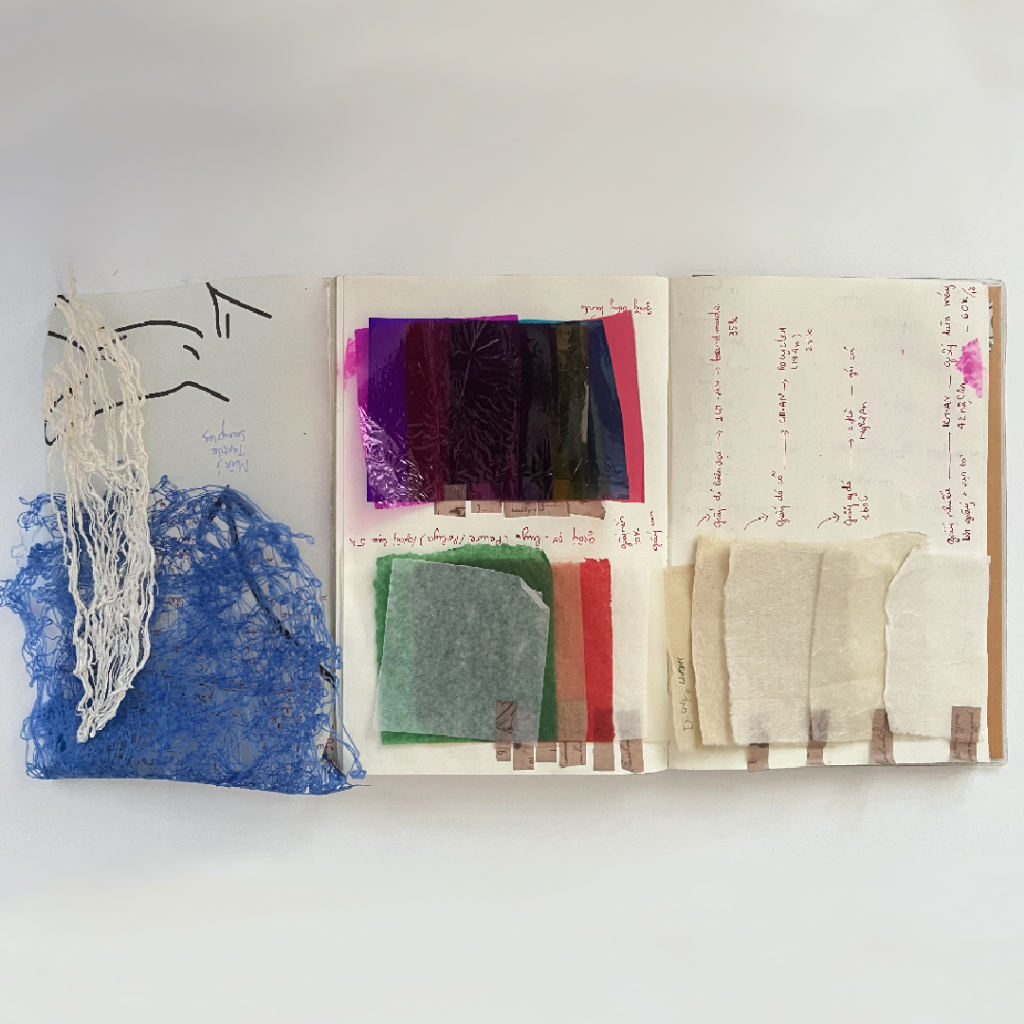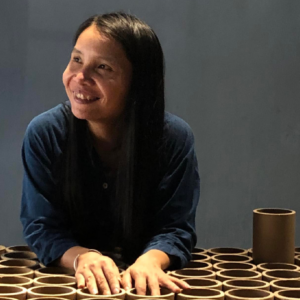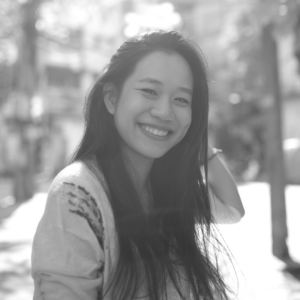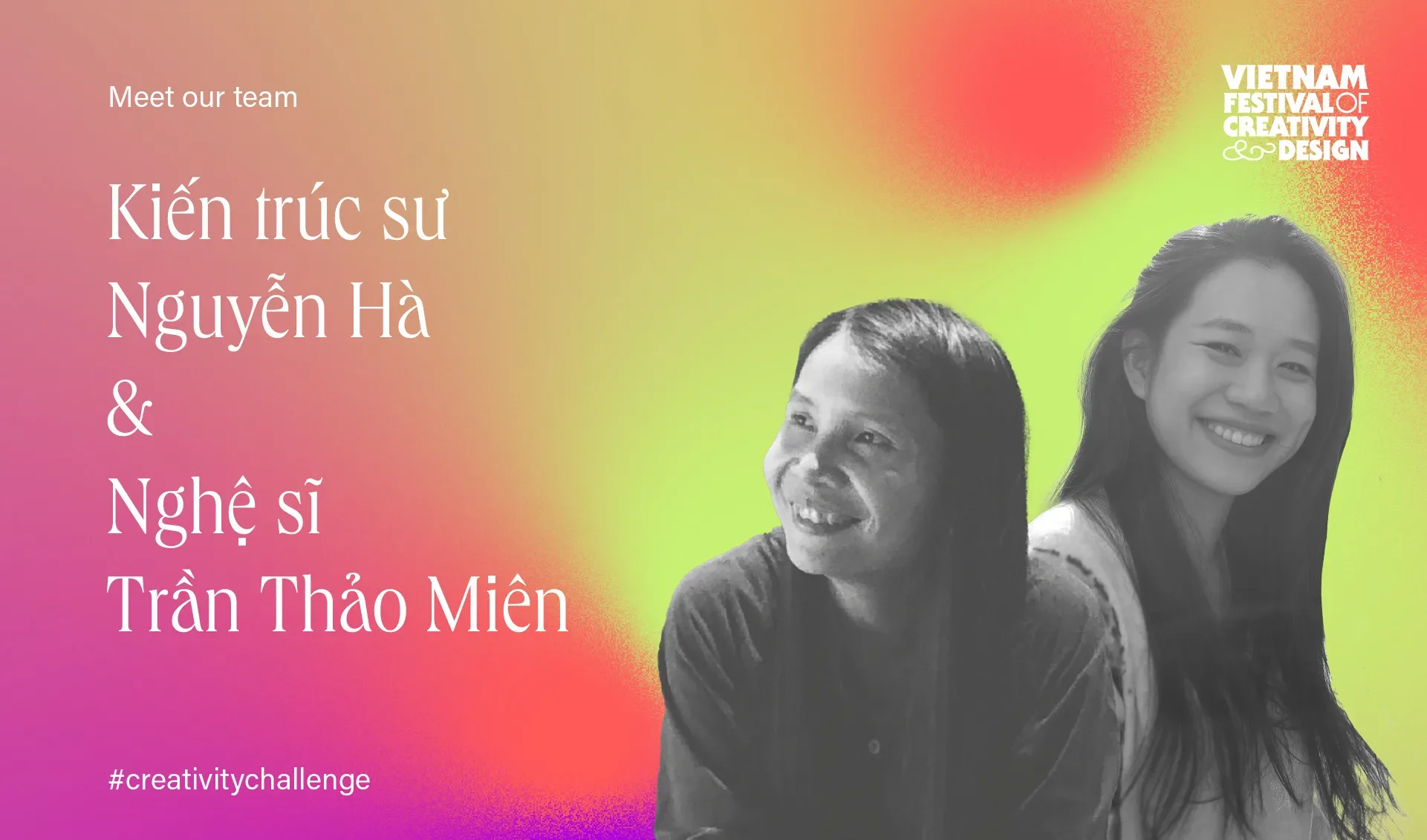During the process of a long-term study on the materials and techniques used in making folk toys, this pair join the Creativity Challenge to continue exploring and learning about one primal and mysterious medium.
With the hope to build a unique database with great values on the materials, techniques, designs and history of folk games in Vietnam, Nguyễn Hà and Trần Thảo Miên “dive in” to compile and document manufacturing techniques as well as the history of traditonal toys.
The Mid-Autumn Festival lantern – a toy that accompanies generations of the vietnamese – is one of their first study subjects. Between the 19th and 20th centuries, elaborated handmade Mid-Autumn Festival toys were extremely popular in Hanoi. In the book “Phố phường Hà Nội xưa” (Old Hanoi streets), Hoàng Đạo Thúy wrote: “From the first day of the eight lunar month, the whole street burst into life. All mothers and children in Hanoi went to Hàng Gai Street. Every shop on the street turned into a marketplace for Mid-Autumn Festival paper toys. Paper elephants, paper horses, lanterns in the shape of the rabbit, mythical frogs, fishes turned dragons, lion heads, as well as revolving lanterns. According to Nguyễn Công Chí’s “Chuyện cũ bên dòng sông Tô” (Old Tales by Tô River), Mid-Autumn Festival lanterns are categorised into two groups: for carrying around and for hanging. The carry-around type came in various sizes for different age groups, and not all of them had a light inside. “On the 15th, all families would hang up lanterns of all types in the shape of a fish, crab, butterfly… on the front of their house.”
Based on the photographs of Hàng Gai Street taken by Léon Busy in 1915 and others by Henri Tracol in 1941 (from art researcher Kevin Vương), the group has found artifacts of crab, butterfly, fish turned dragon lanterns, which are currently stored at the Museum of Quai Branly, and were on display at the Annam’s toys exhibition in Trocadero in 1932 (documents from the museum’s secretary-general Marcelle Bouteiller, Jouets annamites et fête des enfants) and the Indochina Pavilion at Paris World Fair in 1937. They then took inspiration and used these materials to create the hanging lanterns of the past by combining fashion waste with dó paper – a medium used in the traditional lanterns – to explore its transformability and diversity.

They then took inspiration and used these materials to create the hanging lanterns of the past by combining fashion waste with dó paper – a medium used in the traditional lanterns – to explore its transformability and diversity.
Continuing on the study and breathing a new life into traditional toys, the team also experimented with coal – a mysterious fossil fuel with a highly intricate contradiction – as a substance that both fuels and destroys the living environment. Coal represents darkness, mystery and million-year-old life. With its high density and unpredictable shape, this will be a challenge for the group in terms of lighting arrangement and use of coal as well as dó paper for traditional lantern making on various aspects.
Joining the Creativity Challenge Playground 2022, the duo hopes that their idea could be a suggestion for young creatives. With traditional materials and techniques, their product will open up new pathways with folk toys as the starting point.
How will they solve the creativity challenge within three months? Join VFCD 2022 and follow their journey to restore and develop applied art products by artist Nguyễn Hà and material artist Trần Thảo Miên!
(Images and information provided by the team).
Architect Nguyễn Hà

Year of birth: 1980
Fields of operation: Architecture, Creativity and urban development, Creative education and training
Nguyễn Hà was granted a full scholarship for Master Degree in Swiss Federal Institute of Technology, Zurich, Switzerland (ETHZ). In 2010, back in Vietnam, she co-founded arb architects with Kurt Aellen (former president of SIA) and Laurent Cantalou. She also gained valuable international work experienced by taking part in various projects in Morroco, France and Switzerland. She is invited as guest professor by the Architecture Department of the National University of Civil Engineering, Hanoi; and as guest critic in final reviews of Master Studio at the ETH Basel Switzerland and the KU – Leuven University, Belgium.
Nguyen Ha is also well-known as an artist of lighting installation in such exhibitions as “Xem Đêm – Càng Đêm” with artist Tran Duc Phuong, which is organized by Manzi Gallery and the Goethe-Institute.
Artist Trần Thảo Miên

Year of birth: 1991
Fields of operation: Visual art, Design, Textiles
Trần Thảo Miên studied Surface Textiles at London College of Fashion. Since her graduation in 2013, she has been working in the fashion industry in UK and in Hanoi until 2017. Most of her works are created from materials discarded during fashion production. As of current, she is the co-founder of Sonson Collective, an artists’ collective who wants to create sustainable living spaces.
In arts, Miên explores the role of individual creatures on Earth with the age-old belief of the Vietnamese “everything has a soul”. Her works are “as clear as my sincerity towards nature, soft and gentle, aiming for smoothness and freedom, like water”.
